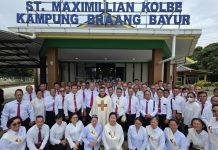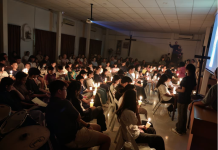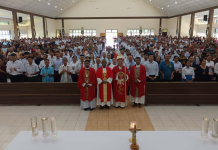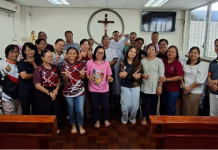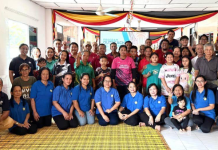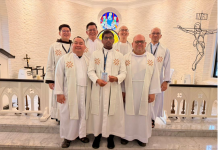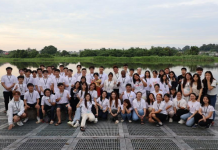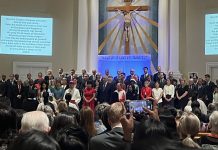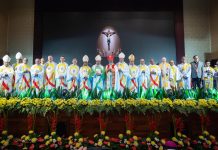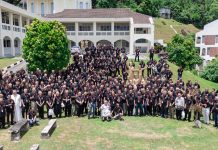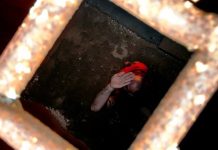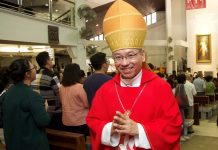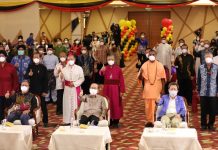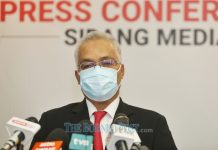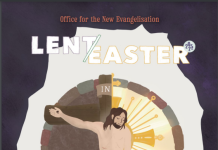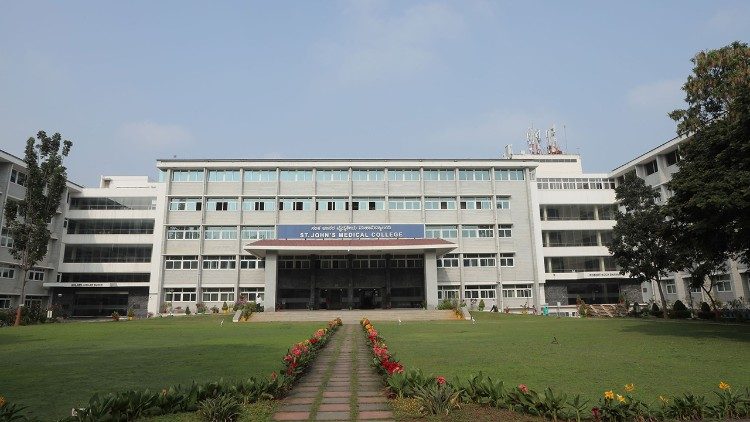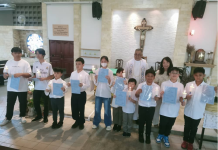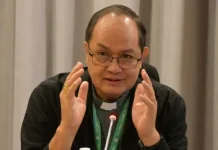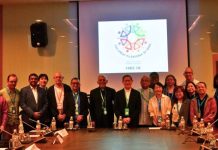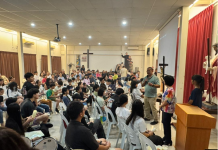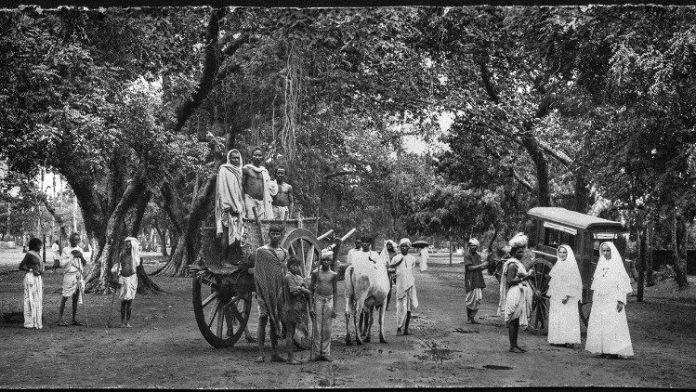
The Catholic Health Association of India (CHAI), India’s largest non-government healthcare network, is one of the legacies of pioneering medical missionary and Servant of God Doctor Sister Mary Glowrey, JMJ.
By Fiona Power*
Eighty years ago, Doctor Sister Mary Glowrey, JMJ, an Australian born and educated medical missionary, founded India’s largest non-government healthcare network.
Now called the Catholic Health Association of India, CHAI comprises more than 3,500 healthcare and social service member institutions across India. Thousands of Sisters from various congregations, including more than 1,000 Sister doctors, are at the heart of CHAI’s team of full-time volunteers, and work with healthcare professionals in the network.
First woman religious doctor
Sister Mary of the Sacred Heart JMJ, as Mary Glowrey was known, was the first Catholic religious Sister to also practise as a doctor. She received permission from Pope Benedict XV in 1920, 16 years before Canon Law allowed other women religious to do the same. In her 37 years of service, Sister Mary oversaw the treatment of hundreds of thousands of patients and the construction of a hospital. She established healthcare training and laid the groundwork for a Catholic medical college in India.
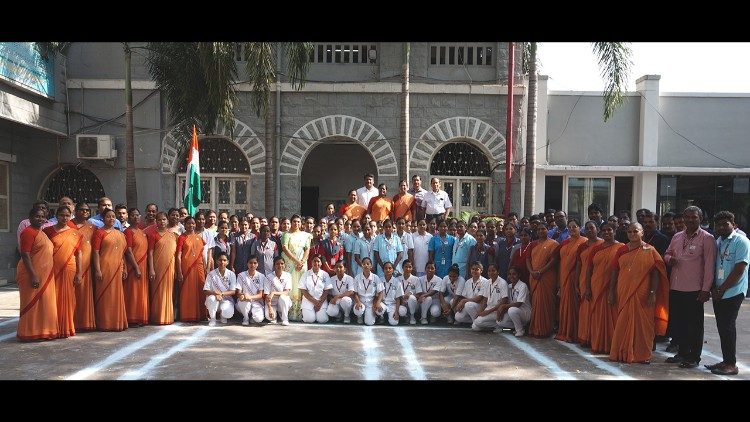
Early years
Mary Glowrey was born in 1887 in a small town in the Australian state of Victoria. Her grandparents were Irish immigrants and the Glowrey family was part of a widespread rural community. The Glowreys were devoutly Catholic and Mary had a loving relationship with her parents and five siblings.
Mary’s intellect, love for God and sensitivity were evident from a young age. At age 13, she left home to complete her secondary and tertiary education through scholarships in Melbourne, more than 300 km away. Mary regarded medicine as her first vocation, having prayed for guidance as to what to study. In 1910, at a time when many viewed the medical profession as unsuitable for women, Mary graduated with a degree in medicine and surgery. In the following decade, she became a successful doctor and eye specialist in Melbourne.
Inspiration from another female doctor
In October 1915, Mary read a biography of Dr Agnes McLaren (1837-1913), a Scottish pioneering physician and Catholic convert. At the start of the twentieth century, Dr McLaren sought to address the suffering of women in India. Local custom prohibited them from consulting male doctors, and few female doctors worked in the country. Dr McLaren established a mission charity in London and a small hospital in Rawalpindi, and petitioned the Holy See that women religious Sisters be granted permission to serve as doctors.
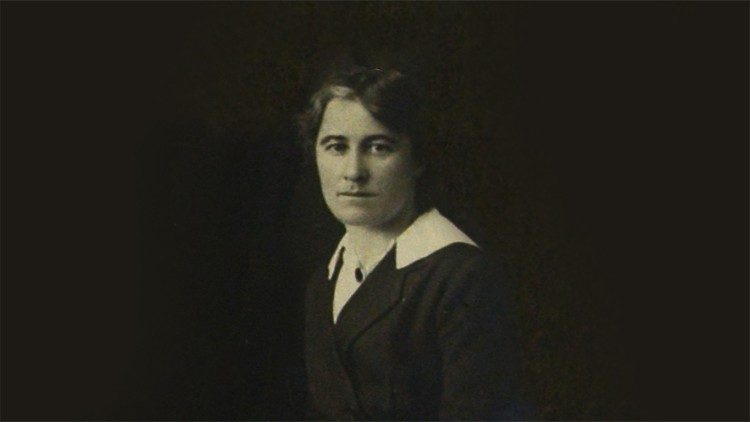
Called to India
After reading about Dr McLaren, Mary experienced her calling to medical missionary service in India. For more than four years she quietly discerned this vocation. Her departure was delayed due to the First World War as well as the need for permission to serve as a doctor and Sister. During this time, in addition to the demands of her regular work in hospitals and private practice, Mary served as the founding president of the Catholic Women’s Social Guild in Melbourne from 1916 to 1918. In 1919, she completed her doctorate in medicine.
In January 1920, Mary travelled to Guntur in India, in the region now known as Andhra Pradesh. There, she joined the Society of Jesus Mary Joseph (JMJ), a Dutch congregation established in Guntur in 1904. The JMJ Sisters had been praying for a doctor for many years.
New beginnings
Prior to her arrival, Mary knew very little about her new country or the JMJ Sisters. Within a month after her arrival, she wrote to her family in Australia that she felt at home, stating ‘it was just by mistake’ she had not been born in India.
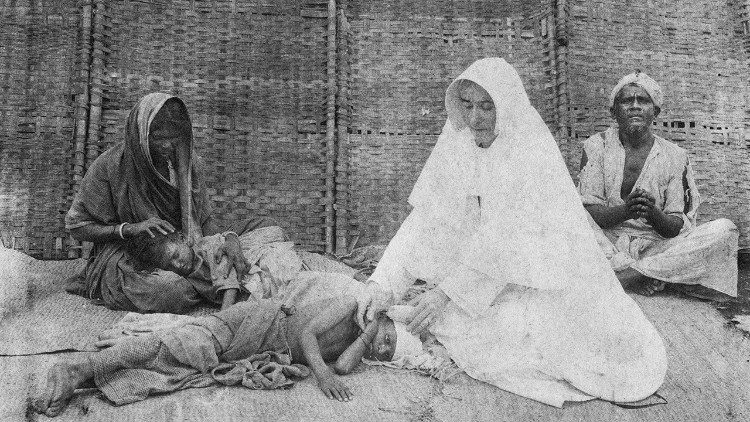
Vast numbers of vulnerable people in the community required medical care. From her first year in India, Sister Mary had a vision for widespread healthcare provision and education grounded in Catholic principles. She viewed care for bodies as equal to care for souls. In Guntur, Sister Mary began to oversee medical treatment for all who sought assistance, particularly women and children. A gifted linguist, she learnt the local language, Telegu, and that of the Sisters, Dutch. She built trust, using traditional remedies where other medicines were not available.
Like a lighthouse
A decade after Sister Mary arrived in India, her Mother Superior at Guntur wrote to Mary’s parents and compared their daughter to a lighthouse. ‘She always keeps in the background,’ she wrote, ‘while she spreads the light of her good deeds over a very great distance’.
Even though the JMJ Sisters appealed for donations in Europe and Australia, resources remained scant. Facing myriad challenges over three decades, Sister Mary devoted herself to alleviating suffering and promoting a culture of life. She guided others and worked collaboratively to establish St Joseph’s Hospital in Guntur and accredited courses in midwifery, pharmacy assistance and nursing.
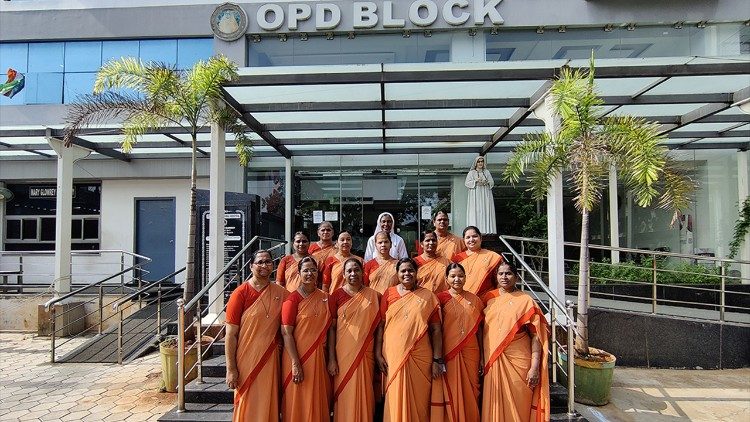
Catholic Hospitals’ Association born
On 29 July 1943, Sister Mary founded the Catholic Hospitals’ Association (now CHAI) at St Joseph Convent in Guntur, together with Sisters from her own and other congregations. Today, CHAI auspices the care of more than 21 million people annually, particularly those among the most vulnerable in the community. The focus of CHAI medical and social workers (volunteers and paid employees), is to deliver ‘health for all’ via compassionate, affordable and quality healthcare.
Legacy continues after death
For decades, Sister Mary worked towards establishing, and prayed for a Catholic medical college. Six years after her death in May 1957, St John’s Medical College opened in Bengaluru. This year, the College celebrates its diamond jubilee.
Caption: Fourth Year MBBS students in the anatomy lab, St John’s National Academy of Health Science, Bengaluru (Courtesy of St John’s National Academy of Health Science Digital Archives)
Sister Mary’s Cause for canonisation opened in 2010. Declared a Servant of God, her positio is now before the Dicastery for the Causes of Saints. Her legacy lives on through the work of CHAI and the JMJ Sisters in India, and Saint John’s Medical College. Her life also continues to inspire Australians and others who visit her the Mary Glowrey Museum in the Archdiocese of Melbourne.
* Fiona Power is the Curator of the Mary Glowrey Museum in Melbourne, Australia.

